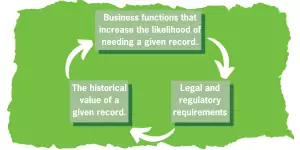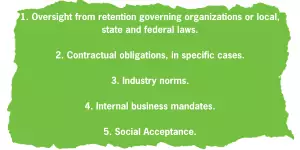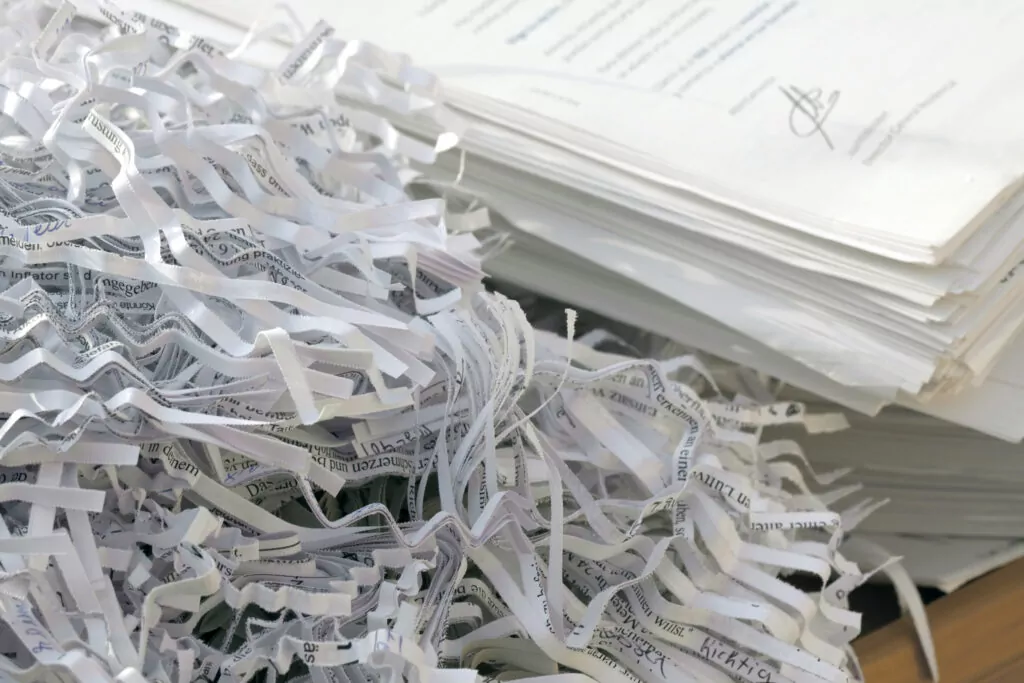Retention.
For many, just the word itself induces a slight feeling of panic. Retention policies are complex, standards are unclear, and breaches come with serious costs. Whether you’re creating, implementing, or enforcing a retention policy, it’s a big job.
Thus, the reason for this series. We deal with a host of retention policies across many industries daily, so we know the territory. We’re converting that knowledge into a series of blog posts to help demystify retention for our readers.
To do this, we’ve partnered with our friend and leading retention expert, Bill Saffady. Bill specializes in deciphering retention requirements and customizing retention policies to meet those standards. He is the author of a multitude of books that offer his expertise on this subject. We’re happy to partner with him to navigate such a complex topic.
Bill has worked in the retention space for fifty years. It all started when he transitioned from a teaching job at Wayne State University to an archive job in the early seventies. At that time, records management was basically office management, and retention concerns centered around physical storage capacities.
Now, Bill says, everything has changed. With digital storage options, concerns over physical space have gone out the window. Storage decisions are now driven by retention. Perhaps that’s why you’re here.
Our philosophy is built on solving problems. Generally, our clients’ first concern is figuring out what they have, and how long they must keep it. Based on those common concerns, we’ll explore retention. Starting with questions about determining how long an individual record type needs to be retained.
Retention Policies by Record Type
We will start by looking at how to determine retention for an individual record, perhaps even beyond existing policy requirements. We’ll do this by examining three factors:
We’ll also hear from Bill on why the third category is the one that allows the most room for nuance, discussion and disagreement among stakeholders – all important to the process of developing a retention policy.
The Factors that Shape a Retention Policy
Next, we’ll look at the five factors that influence retention policy. These factors include:
These factors work together to shape a business’s retention policy. Each factor can affect different businesses in different ways, but some combination of the factors will always play a role in determining the right retention policy for any business.
What Happens if You Violate a Retention Policy?
The area of highest concern: Here we’ll examine what happens when you violate a retention policy and what costs oversights or mistakes in retention can incur, with a focus on more than just legal or financial penalties. After all, failure to provide a record you promised to retain is as much a violation of business ethics as it is a regulation or law. We’ll hear from Bill on what scares businesses the most about violating a retention policy, and whether financial or legal penalties are what we should fear the most. We’ll even explore the possibility of keeping records too long, and if storing a record forever is feasible or even necessary.
Updating/Creating Retention Policies
Bill shares more about what factors determine how long to keep an individual document, as well as what factors determine how retention policies are structured. We’ll also outline the process of creating or modifying retention policies and the events that prompt such changes, and why your business might need a new or updated retention policy.





